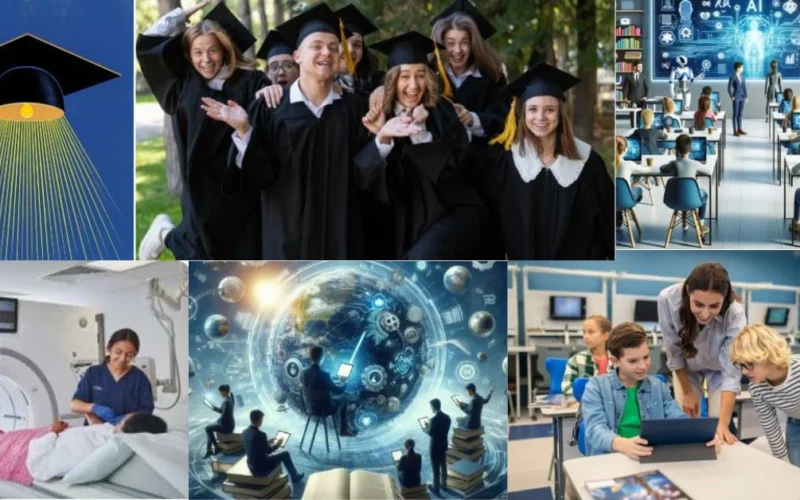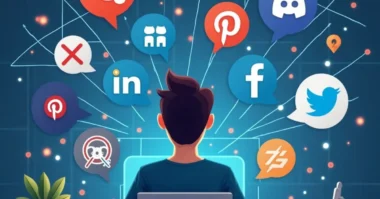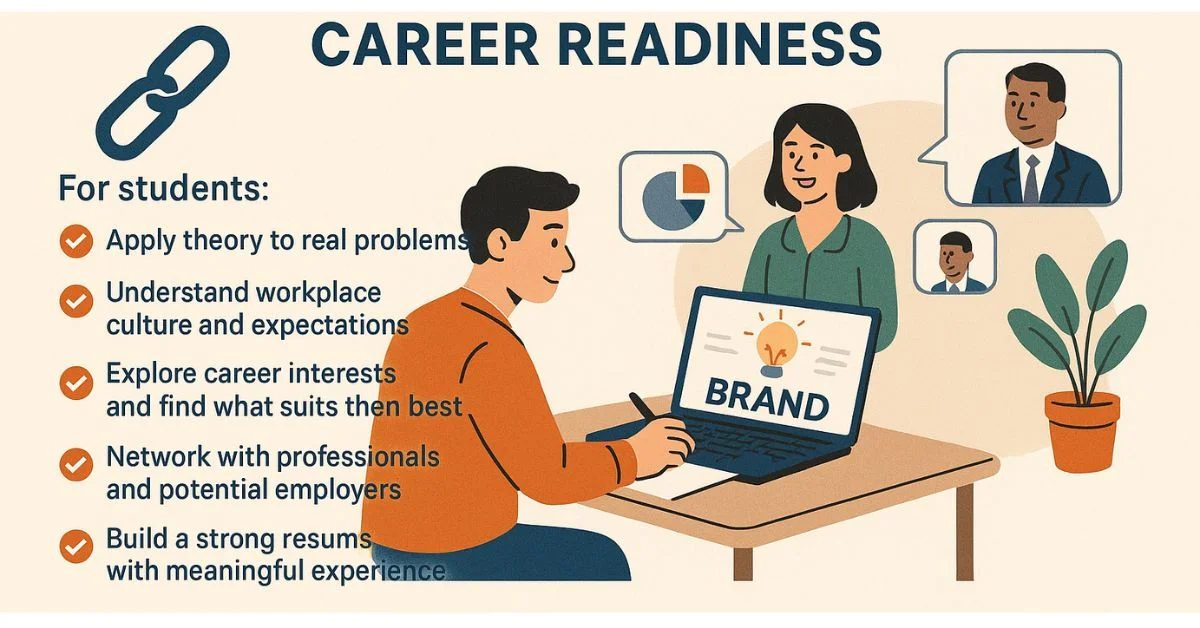Table of Contents
Higher education is often painted as a golden ticket to success, but is it still relevant in today’s fast-paced, tech-driven world? With rising tuition costs, student loan debt, and alternative career paths gaining traction, it’s a fair question. Yet despite these shifts, access to higher education continues to play a crucial role in shaping lives, communities, and the global economy. But it’s not just about getting a degree. It’s about making sure everyone, regardless of income, background, or zip code, has the opportunity to pursue it.
The Evolving Role of Higher Education in 2025
1. More Than Just a Degree
The days are gone when a degree alone guaranteed a dream job. Today, higher education offers much more than academic credentials. It provides:
- Critical thinking and problem-solving skills
- Networking opportunities with diverse peers and professionals
- Exposure to global issues and cultures
- Development of soft skills like communication and leadership
These experiences shape well-rounded individuals who can adapt to changing job markets and global challenges.
2. The Digital Shift: Opportunities and Inequities
Online learning, AI integration, and hybrid classrooms have transformed the educational landscape. While digital tools offer flexibility, they also expose a deeper problem: not everyone has equal access to these advancements. Lack of reliable internet, technology, or even quiet study spaces can hold back low-income and rural students.
This is why access to higher education, both traditional and digital, still matters today.
Key Benefits of Higher Education
1. Economic Mobility and Job Opportunities
Fact: College graduates earn significantly more over their lifetimes compared to those without degrees. According to the U.S. Bureau of Labor Statistics, bachelor’s degree holders earned 65% more weekly than high school graduates in 2024.
Higher education often opens doors to:
- High-demand industries like healthcare, engineering, and tech
- Internships and co-op programs that lead to job offers
- Alumni networks that facilitate mentorship and job placements
Practical Tip: Students should consider programs with strong career services and internship pipelines to maximize post-graduation opportunities.
2. Empowering Underserved Communities
When first-generation or low-income students gain access to college, entire families and communities benefit. Graduates often return to uplift their hometowns through education, entrepreneurship or public service.
Example: Community college programs in cities like Detroit and Houston offer tuition-free pathways that help minority students enter competitive fields without the debt burden.
3. Boosting Civic Engagement and Social Awareness
College education correlates with higher civic participation. Educated citizens are more likely to:
- Vote in elections
- Volunteer for causes
- Understand public policy and advocate for change
In a world grappling with misinformation and polarization, the importance of higher education in developing informed, responsible citizens cannot be overstated.
The Barriers to Access and How to Overcome Them?
1. Financial Obstacles
College costs have soared, creating a major access issue. According to the College Board, the average cost of tuition and fees at a public four-year university reached over $11,000 per year in 2024.
Solutions Include:
- Expanding need-based financial aid
- Promoting tuition-free community college initiatives
- Creating income-share agreements as alternatives to loans
Practical Tip: Use tools like FAFSA4caster or MyinTuition to estimate aid eligibility before applying to schools.
2. Geographic and Digital Gaps
In rural areas or underfunded urban districts, students may lack access to college prep courses, SAT/ACT tutoring, or broadband internet.
What Works:
- Mobile learning labs and digital literacy programs
- Virtual college fairs and tele-mentoring programs
- State partnerships with local schools to create dual-enrollment pipelines
Example: The “Reach Higher” initiative partners with rural schools to provide virtual college advising services to thousands of high school seniors annually.
3. Social and Cultural Barriers
Students from marginalized communities may not see themselves reflected in faculty or course content, leading to feelings of alienation or imposter syndrome.
How to Fix It:
- Diversify faculty hiring
- Foster inclusive campus cultures
- Invest in mentorship programs for underrepresented students
Expanding the Definition of Higher Education
While traditional universities remain vital, other forms of higher education are growing in popularity:
- Trade schools
- Online certifications
- Community colleges
- Apprenticeships and bootcamps
These options are more affordable and often aligned with current labor market needs.
Example: Google’s Career Certificates can be completed in six months and offer direct hiring pathways with major companies.
Lifelong Learning: Not Just for Students
As industries evolve, so must workers. Adults returning to college or seeking mid-career upskilling benefit society in major ways:
- Increased innovation
- Economic resilience
- Intergenerational inspiration
Practical Tip: Platforms like Coursera, edX, and LinkedIn Learning offer affordable options for working professionals.
Equity, Innovation, and the Future
1. Higher Education Fuels Innovation
Universities are engines of research and progress. From cancer cures to climate solutions, academic institutions drive:
- Technological innovation
- Public health advancements
- Entrepreneurial ventures
Example: MIT and Stanford consistently partner with startups, helping students turn ideas into multimillion-dollar businesses.
2. Strengthen the Economy by Investing in Education Access
When more people have the chance to attend college, the entire economy wins. A more educated workforce boosts GDP, reduces poverty, and decreases crime rates.
Fact: A Lumina Foundation report shows that if the U.S. raised college graduation rates by just 10%, GDP would grow by over $300 billion.
Practical Ways to Promote Access Today
Whether you’re a policymaker, educator or parent, here are actionable steps to improve access:
1. Students and Families
- Start college prep early; middle school is not too soon
- Explore local scholarships and dual-enrollment options
- Visit campuses (or take virtual tours) to understand college life
2. Schools and Educators
- Introduce career and college counseling by the 9th grade
- Build partnerships with local colleges for pipeline programs
- Offer SAT/ACT prep as part of the curriculum
3. Communities and Governments
- Fund programs that support first-generation college students
- Promote broadband expansion in underserved areas
- Incentivize businesses to invest in local education
Conclusion
Higher education continues to be a powerful force for personal transformation, economic growth, and societal progress. But it only works when it’s accessible to everyone.
Whether you’re a high school student, a working adult, or someone considering going back to school, know this: your education matters. And if we work together, students, educators, policymakers and communities, we can ensure access to higher education remains a right, not a privilege.








